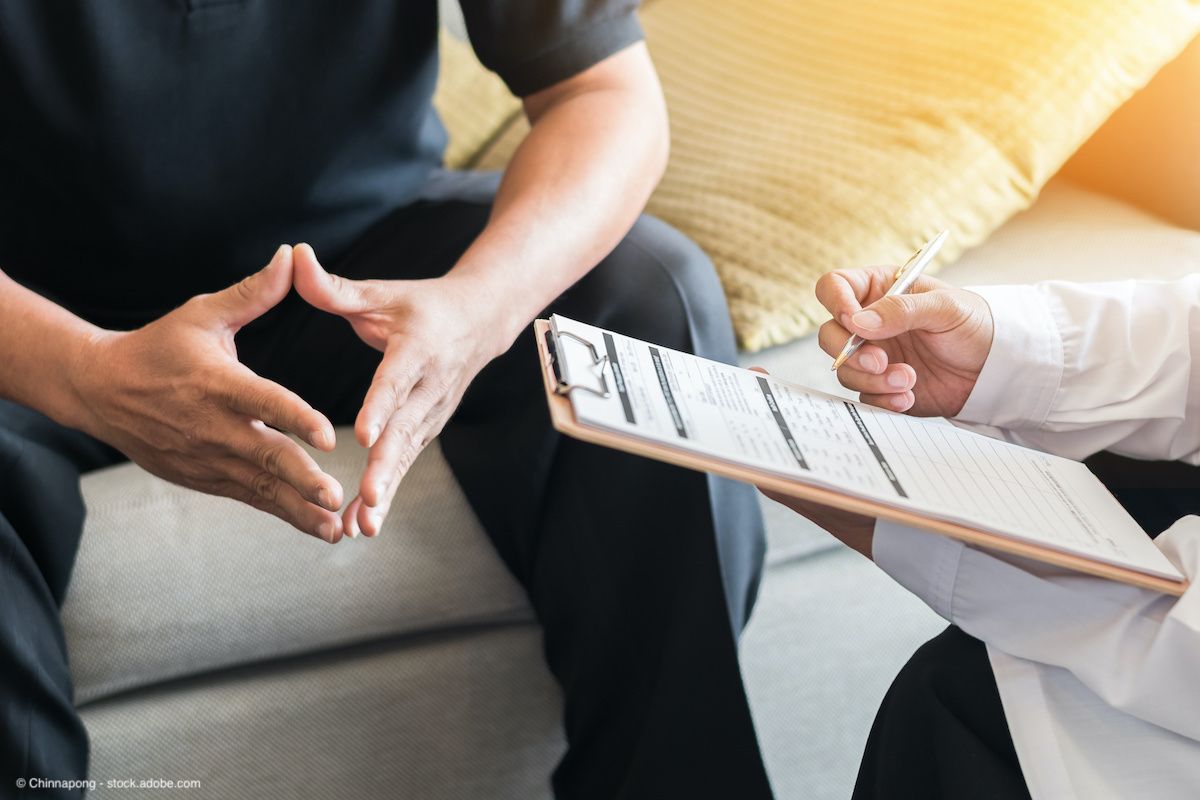News
Article
Investigators uncover potential unmet need among patients with LUTS
Author(s):
"Despite prevalent OAB symptoms, only 6% of all LUTS prescriptions in men were for OAB medications," says Sarah Neu, MD, MSd, FRCSC.
Patients who present with lower urinary tract symptoms (LUTS) are more likely to be placed on a therapy for benign prostatic obstruction (BPO) than one for overactive bladder (OAB), despite a higher prevalence of OAB symptoms, according to recent findings published in Urology.1
Patients in the OAB group were more likely to experience a therapeutic change compared with patients in the BPO group.

The study retrospectively analyzed health administrative data from ICES in men with 1 or more OAB (β3 agonist, antimuscarinic) or BPO (α-blocker, 5-α-reductase inhibitor) prescription and who were 1 or more years from the first observed dispensation. All men included in the study were aged 66 or older. Overall, patients in each treatment group were similar in age, geographic region, and income.
In total, 151,055 patients with BPO and 9229 patients with OAB were identified. This indicated that 94% of men included for analysis were treated with a BPO therapy for the management of LUTS.
The authors noted, “Despite epidemiological evidence suggesting storage symptoms treatable with antimuscarinic and/or β3 adrenergic agonists are more prevalent than voiding symptoms, in this study these drugs represented only a small proportion (6%) of all LUTS prescriptions.”
In regard to treatment patterns within the groups, data showed that 78.1% of patients in the OAB group began antimuscarinics as an initial treatment. Among those in the BPO group, 86.4% began alpha-blockers as an initial treatment.
Patients in the OAB group were more likely to experience a therapeutic change compared with patients in the BPO group. Further, patients in the OAB group experienced a change in therapy in a shorter time, with 78 (IQR, 30-231) days to first change among patients in the OAB group compared with 104 (IQR, 30-350) days in the BPO group.
Average health care costs were also higher among patients in the OAB group compared with patients in the BPO group for both pre- ($12,354 vs $11,497) and post-index years ($14,423 vs $12,852). The increase in costs in the post-index years for both groups were driven by long-term care costs, the cost of medications covered under the Ontario Drug Benefit program, and the costs of home care services.
In both groups, the most common reason for a first therapeutic change was discontinuing treatment, which was observed among 75.6% of patients in the OAB group and 69.9% of patients in the BPO group. The secondary driver of a therapeutic change among the OAB group was a change to another OAB medication, and the secondary driver among the BPO group was the addition of another BPO medication.
Lead author Sarah Neu, MD, MSd, FRCSC, explained in correspondence with Urology Times®, "Despite prevalent OAB symptoms, only 6% of all LUTS prescriptions in men were for OAB medications. Men initiating OAB medications were 52% more likely to change therapy and change therapy sooner than those initiated on other treatments.” Neu is a reconstructive urologist at Sunnybrook Health Sciences Centre at the University of Toronto in Toronto, Canada.
She continued, “In both groups (men prescribed BPO medications and men prescribed OAB medications) a large majority stopped first-line therapy, which could be attributable to unmet treatment needs. These findings may indicate suboptimal management in men with LUTS, especially those with symptoms of OAB.”
Reference
1. Neu S, Matta R, Locke J, Martins de Almeida R, Stoelzel M, Covernton PJO, Herschorn S. Treatment patterns in men prescribed benign prostatic obstruction or overactive bladder medications in Canada: a retrospective population-based study. Urology. Published online July 14, 2023. doi:10.1016/j.urology.2023.06.029
Newsletter
Stay current with the latest urology news and practice-changing insights — sign up now for the essential updates every urologist needs.










